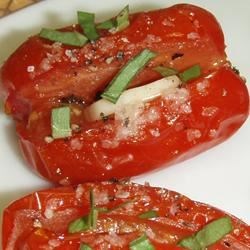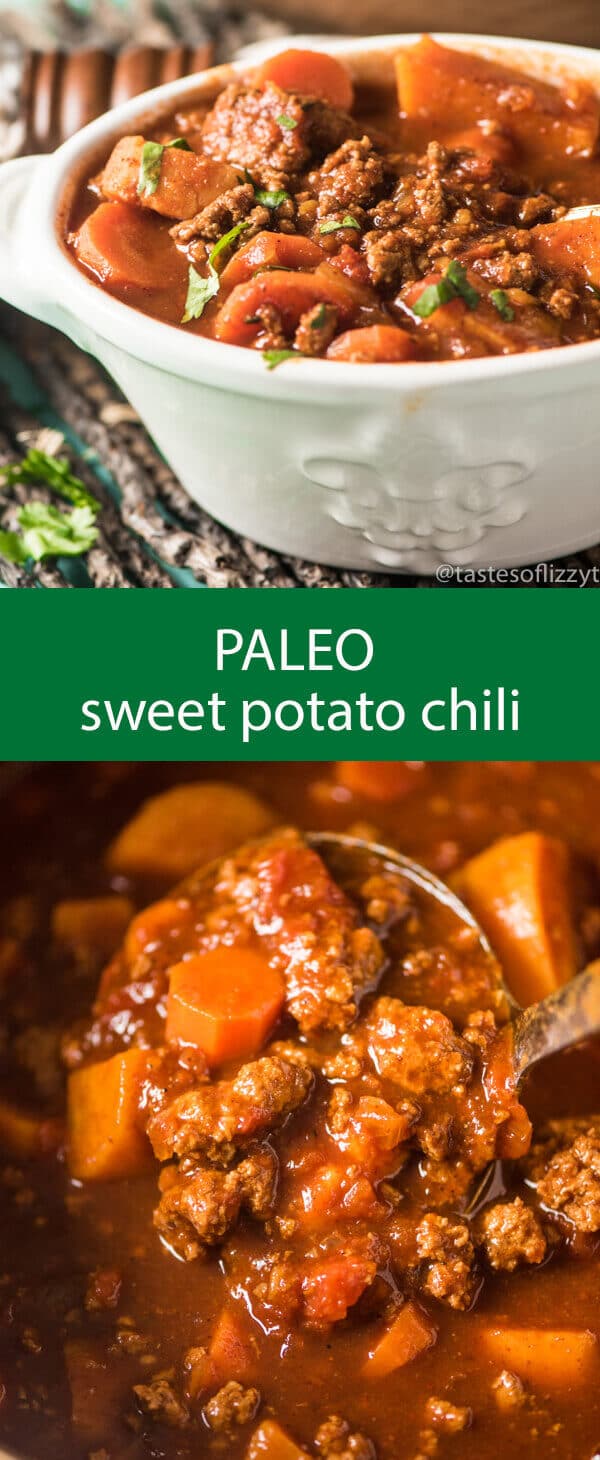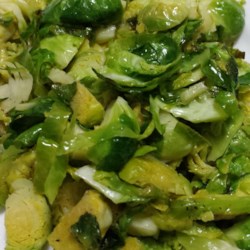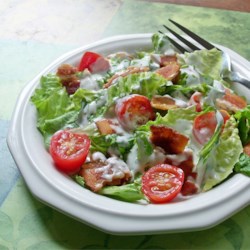Farm Update
 |
Our piggies are in the middle of their "teen" phase,
so they have been sleeping in quite a bit lately! |
Hello everyone! It's been another good week at the farm this week! The coldframe tomatoes are still holding on, and the blight that we were starting to see seems to have slowed down considerably, so we should have plenty of tomatoes for this week. Last week's weather was good for plant growth in general, so the crops are a lot bigger, but the weeds are also benefiting from the weather. Compared with what we see around this time most years, we've had a lot more issues with weeds, but not as much insect pressure as we usually see. It also looks like the next wave of apple varieties are starting to ripen in the orchard. The pigs are also growing at an astounding rate. They are essentially teenagers right now, growing quickly and sleeping in pretty late in the mornings. Things are still growing quickly like they do in summer, but I can feel in the air that fall is on its way. In about a month, we'll be fully into fall and preparing for the long winter ahead, but for now we're still enjoying the abundance of late summer.
What to Expect in This Week's Share
 |
There will be lots
of lovely heirloom
tomatoes in the shares
this week! |
- Choice of watermelon, tomatoes, or Brussels sprouts
- Choice of romaine leaves or salad mix
- Choice of fennel, broccoli, or beets
- Potatoes
- Choice of cherry tomatoes or beans
- Choice of cabbage, Napa cabbage, or kale
- Choice of kohlrabi, onion, or pepper
Teaching Kids about Healthy Living
In the spirit of the back-to-school season, I've been thinking a lot about educating the kiddos in our lives about how to live healthily. Like pretty much every mom out there, I want to see my little girls grow up happy and healthy, and not held down by the physical and mental consequences of poor health choices. So for those of us with kids, grandkids, nieces, nephews, or any other kids within our sphere of influence, here are some things we can do to put them on the right track for a healthy life.
 |
Apples roll down the
grading table, where Fred chooses
the best ones to bring to the CSA. |
First, lead by example: It seems kind of obvious, but kids will model what they see the adults in their lives doing. If they see you eating a bunch of junk food, watching TV or surfing the net for hours in a row, smoking, and avoiding exercise, they will naturally do the same thing, and they won't even realize that there is another way to live. Likewise, if they see you making good food choices, enjoying physical activity, and being engaged with the world outside yourself, they will model the same behaviors. I would like to add that they need to see you enjoying these things, because if you act like you hate your healthy food or if you grumble all the time about working out, they will get the impression that these things are not fun, and they won't seek them out.
Make physical activity a family affair: Do fun activities of a physical nature together; go for a walk after dinner, kick around a soccer ball in the front yard, go swimming together. These are all great things to do that will not only get you moving, but will also provide quality bonding time. When I was in high school, my dad and I used to run a few miles together a few times a week. We were both busy with work and school and all the other stuff life throws at you, but he made it a priority to go out and run with me, and now I have great memories of all those miles with my dad. And a decade and a half later, I'm still running.
 |
Getting kids started enjoying
athletic activities and physically
active play early will reap
massive dividends in their future!
Here, Jane poses with the
Heart and Sole running group
after her very first race. |
Don't skimp on the everyday movements, either: You all know what I'm talking about. It's driving through the parking lot to search for a closer parking space even though it would be faster to just park and walk a little farther. It's taking the elevator to the second floor instead of the stairs. We laugh at it because it's kind of silly, but we've all been there. We're mentally wired to avoid excess movement because back in the day when food was more scarce, our ancestors did not want to burn any calories they didn't have to. That's not really an issue we have now (quite the opposite, actually), but we still have those tendencies. Now we have plenty of labor-saving devices, from cars to dishwashers to riding lawnmowers. I have even seen my brother text my mom from the next room to ask her a question. These labor-saving devices are not bad by any means, but sometimes our lack of labor is more detrimental to our health than the work they save us from. And let's just put a ban on calling or texting someone who is in the same house, starting right now. Because when our kids see us avoiding at all costs moving more than we need to or working harder at something than is strictly necessary, they internalize that movement and exercise are to be avoided, and that couldn't be farther than the truth.
Make healthy food delicious: I know that as a general rule, people think that food that is good for you doesn't taste good, and that if it tastes good, it must be bad for you. But that is just not true. The best and most important thing we can do to encourage our kids to be lifelong healthy eaters is make healthy food taste delicious. If your kids are used to everything being really sweet, really salty, or really fatty, that might be a little bit of an uphill battle. Those tastes and textures are naturally pleasing to us, and it is easy to get desensitized to them and need more sugar, more salt, and more fat to get the same effect. I'm not saying to never use those ingredients. I love all of them in moderation. But moderation is the key word. And moderate amounts of all of them are all you need to make everything delicious. People who think that fruits and vegetables are boring or tasteless simply are not preparing them right. So if that is you, do a little research and find some great recipes or preparation techniques for your healthy ingredients. If you learn how to make the good stuff taste just as delicious as the bad stuff, it won't be such a battle with your kids or yourself to eat healthy foods, because you will naturally like them better than all the unhealthy stuff. Healthy eating should not be about deprivation!
I could go on and on and on, but I won't, because you probably don't have time to read all I could say on this subject. But this week, let's all try to take some steps in one or more of these areas. Add in a healthy recipe or a short bike ride with your kids. The more you make these things a part of their lives as kids, the more likely they will be to continue doing them in their adult lives.
Recipes
 |
| Delicious Ham and Potato Soup |
I bet the kiddos (and the grownups!) will like this recipe for Delicious Ham and Potato Soup! I would go even heavier on the veggies, and throw in additional types of veggies as well for more texture and more vegetable goodness. Also, if you have real chicken stock on hand, I'd use that instead of the bouillon, and just reduce the water accordingly.
 |
| Baked Cherry Tomatoes with Garlic |
.JPG)





































